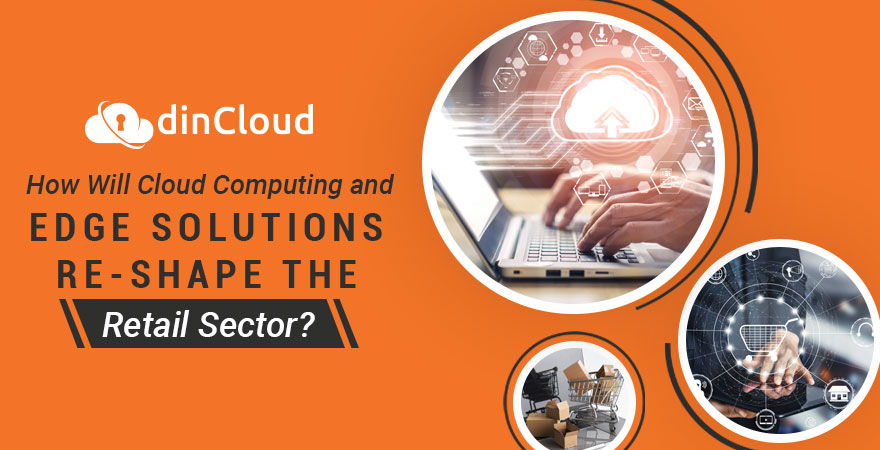Thanks to mass scale vaccinations and easing of restrictions globally, the retail sector is gearing up for the return on customers to physical store locations. However, a lot has changed in terms of what retail customers have now come to expect.

During the pandemic, retail shoppers across the globe extensively used online and e-commerce platforms for their day to day needs. However, shopping is an experience in itself and retailers will have to up their game a lot to bring back in-store customers.
The most vital aspect of this evolution of the retail sector is extensive use of digital technologies like Cloud Computing and Edge solutions. Over the past few months, consumer preferences have seen a massive change.
Related: Benefits of the Cloud for Retail
How Has Consumer Behavior Changed?
Right now, retail customers are no more satisfied with generalized, good enough store experiences. They now expect a personalized shopping experience, which begins from the product selection phase on the store aisle, right down to the checkout bit.
It will not be possible for large retailers to provide such personalized and efficient shopping experiences without leveraging efficient technologies such as the Cloud and Edge. While the Cloud is well established, Edge Computing has a lot of catching up to do.
Overview of Consumer Expectations
According to recent studies during the pandemic, nearly 65% of retail customers now expect product information delivered to them instantly in digital format. 61% of customers want to scan products over digital devices such as smartphones and tablets.
Nearly 50% of customers want secure, contactless payment options for the stuff they buy off retail store shelves. Similarly, 49% of the recently surveyed consumers want self checkout systems installed at as many physical store locations as possible.
Unifying the In-Store and Online Shopping Experience
So, many experts in the retail sector strongly believe that now, both in-store and digital experiences will have to be unified in order to deliver a uniform customer as well as shopping experience to retail customers.
This will otherwise resolve the duality of efforts that retailers will have to make to satisfy both in-store and online shoppers. So, a unified technology platform for both these classes of customers will make things a whole lot easier for retailers as well.
Related: Cloud Use Cases in the Retail Industry
Why Use Edge With the Cloud?
Retailers have found that in order to support the complex retail operations, that include millions of product queries and thousands of transactions a day, it is more efficient to deploy data processing and storage at localized, Edge locations.
That way, retailers will be able to setup edge powered locations that will be able to simultaneously serve at least a decent sized area or region. However, the edge is still largely an evolving technology, which comes along with its set of challenges.
Why is the Edge Challenging?
For a retail store that is powered by edge computing, retailers will need a fully integrated ecosystem of smart devices that will constantly be generating and receiving data related to retail operations as well as transactions.
So, not only will retail stores have to invest heavily in smart digital devices for their physical locations, but a hefty up-front cost will also be associated with setting up powerful edge computing servers at relatively localized spots.
Then, there is the whole challenge of integrating not only these store locations individually, but also with the overall network of the retail store to handle operations such as logistics and deliveries to store locations as well as online customers.
Related: Future-Proof your Business with Cloud Solutions
Securing this relatively scattered data is yet another challenge that retailers which deploy edge solutions will have to contend with. Cloud Service Providers (CSP) like dinCloud, on the other hand, offer robust and multi layered security built into their services.
Conclusion
While the edge will take its due course of time to mature and fully serve the needs of the retail sector, Cloud Computing solutions on the other hand provide a readily available infrastructure that is secure, reliable, scalable as well as cost efficient.
Right now, it makes more sense to digitalize your retail stores by leveraging the Cloud instead of the Edge. The minute, and mostly un-notable lag, far outweighs the benefits you stand to achieve via the Cloud.
If you are a retailer that is gearing up for loads of in-store customers and want a reliable digital platform, look no further than dinCloud’s wide range of cloud solutions for your existing as well as future business needs.


